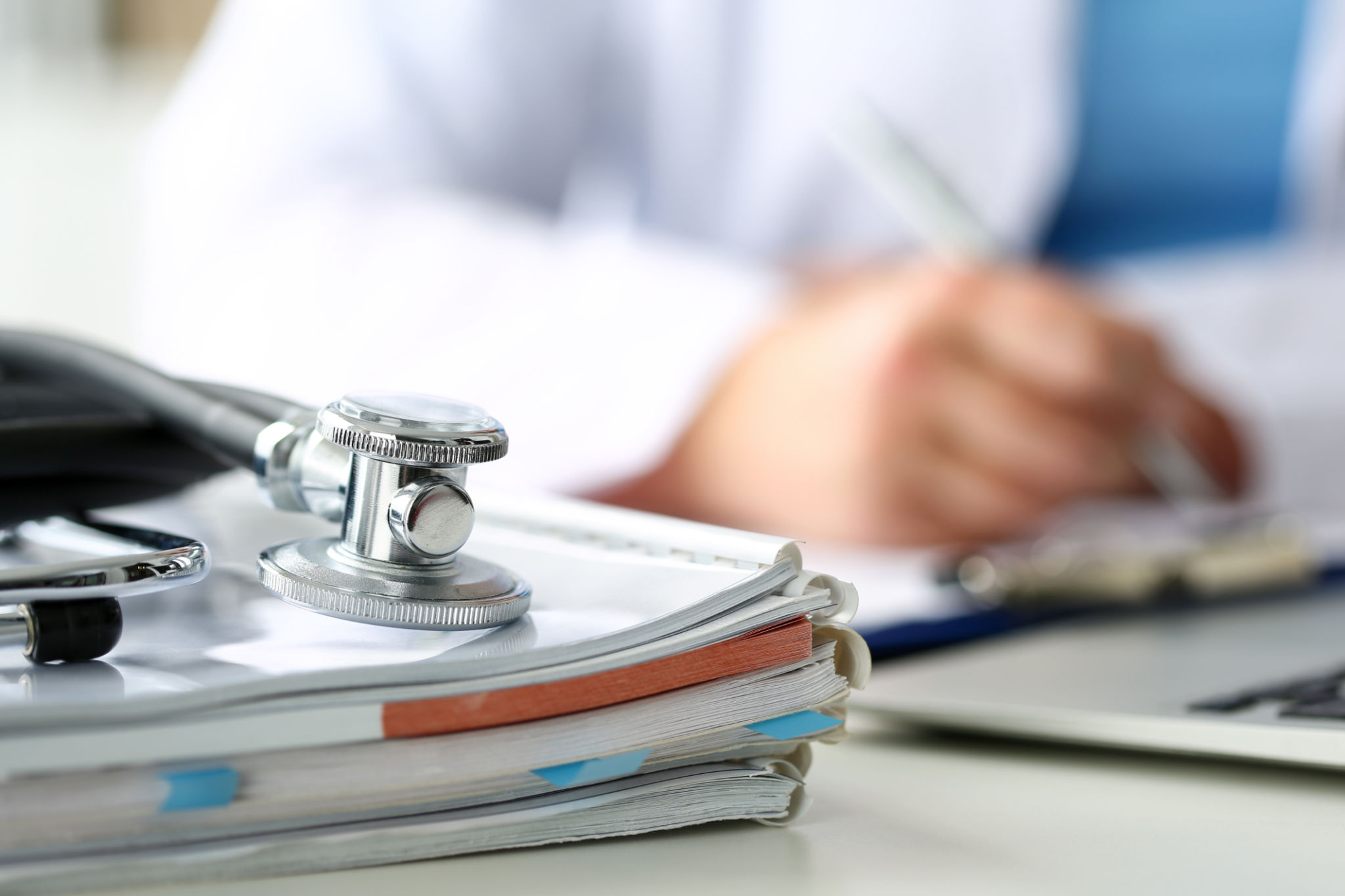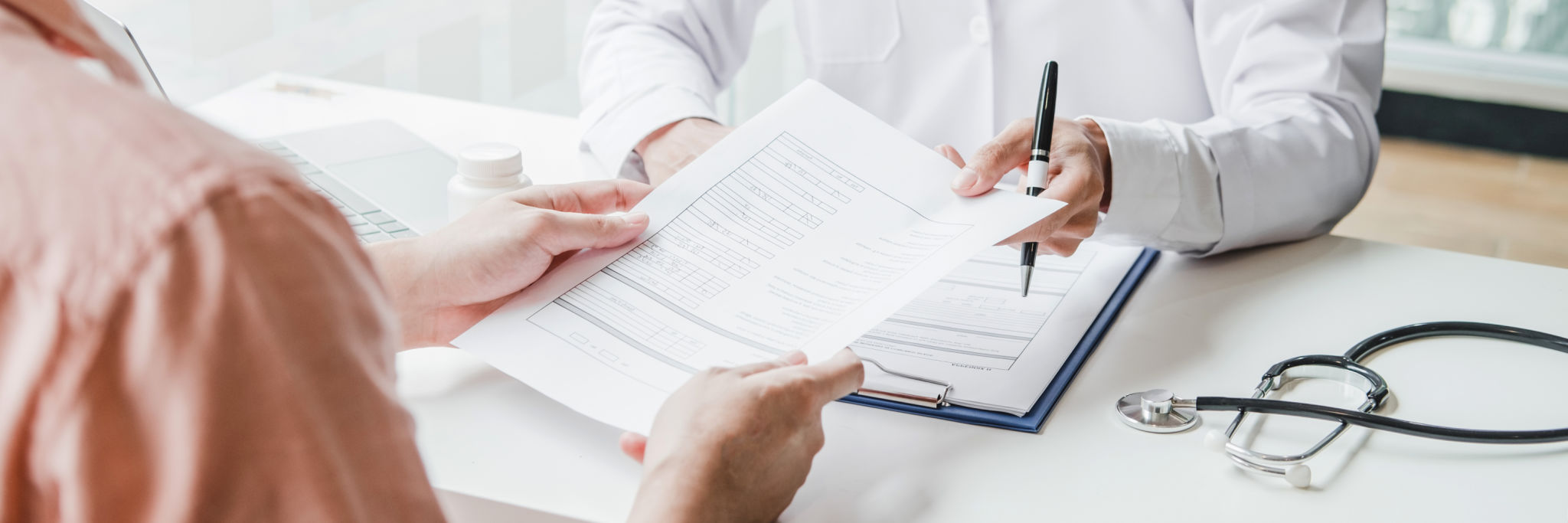How to Prepare for Lab Test Specimen Collection: A Step-by-Step Guide
Understanding the Importance of Proper Preparation
Preparing for a lab test specimen collection is an essential step in ensuring accurate test results. Proper preparation not only helps in obtaining reliable data but also minimizes any discomfort or inconvenience during the process. Whether it's a blood test, urine analysis, or any other type of specimen collection, being well-prepared can make the experience smoother and more efficient.
It's important to remember that different tests require different preparations. Some tests may require fasting, while others might need you to avoid certain medications or activities. Always follow your healthcare provider’s instructions carefully to achieve the best possible outcomes.

Gathering Necessary Information
Before heading to the lab, make sure you have all the necessary information about your test. Understand what type of specimen is required and any specific instructions you need to follow. This information can usually be found on your lab order form or by contacting your healthcare provider.
Additionally, inquire about the logistics of the test, such as the location of the lab, any required identification or paperwork, and whether an appointment is needed. Knowing these details in advance can help alleviate stress on the day of your test.
Checking for Special Instructions
Many lab tests come with special instructions that must be followed for accurate results. For example, fasting blood tests require you to abstain from eating or drinking anything other than water for a certain period before the test. Meanwhile, other tests might require you to increase your water intake or avoid certain foods and beverages.

Preparing Physically for the Test
On the day of your lab test, dress comfortably and wear clothing that allows easy access to the area where the specimen will be collected. For instance, if you're having a blood test, wearing a short-sleeved shirt or one with sleeves that can be easily rolled up is advisable.
Ensure you are well-hydrated unless instructed otherwise, as this can facilitate easier specimen collection, particularly for blood tests. However, follow any specific instructions provided regarding food and drink consumption.
What to Bring with You
Before leaving for the lab, double-check that you have all necessary documents and identification. Bring your lab order form, insurance information if applicable, and a form of personal identification such as a driver’s license or ID card. These items are crucial for processing your specimen collection smoothly.

Understanding the Specimen Collection Process
Familiarizing yourself with the specimen collection process can help reduce anxiety and ensure you know what to expect. If you're undergoing a blood test, for example, you can expect a healthcare professional to clean the area with antiseptic and use a needle to draw blood from a vein.
For other types of specimens, such as urine or stool samples, you may be given specific instructions on how to collect and store the sample properly. Understanding these steps beforehand can help make the process straightforward.
After the Test: What Comes Next?
Once the specimen has been collected, ask your healthcare provider about any aftercare instructions or things to monitor. It’s also essential to know when and how you will receive your test results. Some results might be available within a few hours, while others may take several days.
If you experience any unusual symptoms or discomfort after the test, such as prolonged bleeding or severe bruising at the site of collection, contact your healthcare provider promptly.